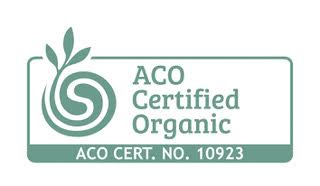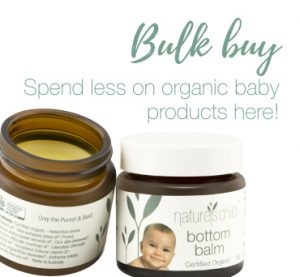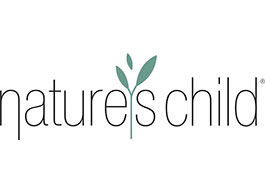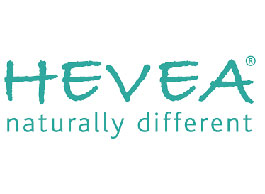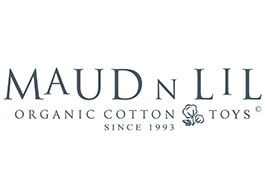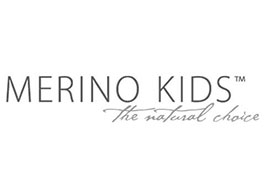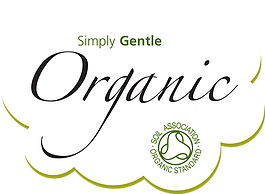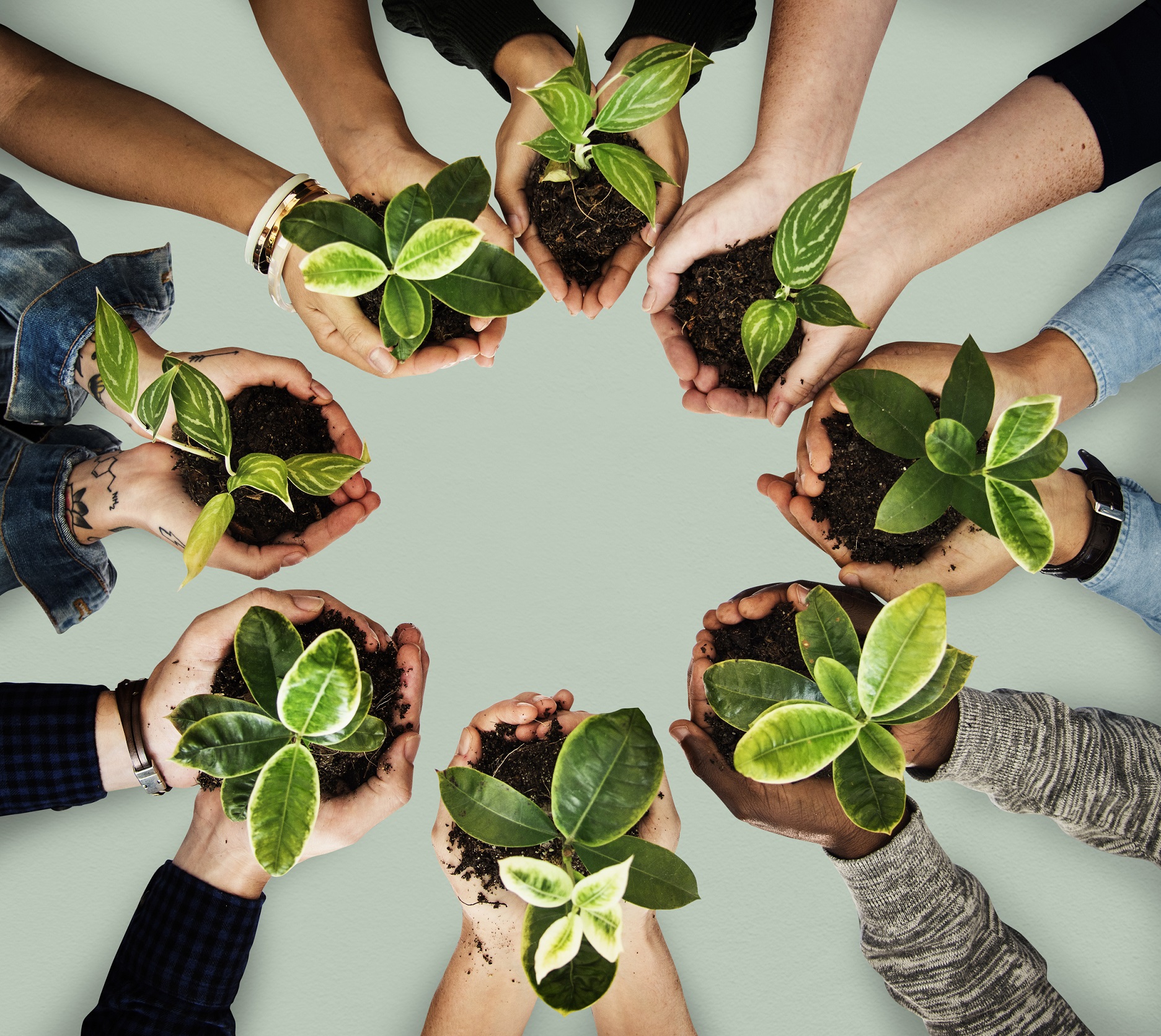
Nature’s Child aims to change the conversation around plastic from price & convenience to the healthy development of our kids & pollution prevention.
Today, June 5 2020, is World Environment Day, which is the United Nations day for encouraging worldwide awareness and action to protect our environment. Here is a message from the UN:
“The foods we eat, the air we breathe, the water we drink and the climate that makes our planet habitable all come from nature. Yet, these are exceptional times in which nature is sending us a message: To care for ourselves we must care for nature. It’s time to wake up. To take notice. To raise our voices. It’s time to build back better for People and Planet. This World Environment Day, it’s Time for Nature.” For webinars, resources and practical tips, visit the official World Environment Day website.
The team at Nature’s Child would like to share practical tips on how we can all take steps to living a plastic-free lifestyle for our children. Let’s start with why this is so important! Plastic has become one of the most harmful materials to our environment. From polluting oceans and harming wildlife, to filling up landfills for decades without decomposing, this material is having devastating short-term and long-term effects on our planet.
The main culprits are the companies producing these products. Plastic is cheap, economical and easy to mould, so it’s no wonder its use is so rampant. Our society has become increasingly dependent on plastic products, so making the shift to living with less plastic (and eventually living plastic-free) can be a challenge.
As parents, we can control every ingredient that enters our home and used on our children. As business owners, we control every product we sell. At Nature’s Child, we spend extra time at our own expense to verify any claims that are made about our products. This is a voluntary action to ensure transparency, accountability and authenticity, having selected ACO – Australian Certified Organic as the brand’s independent body which covers GMO-free, fair trade and certified organic in their audits. Furthermore, Nature’s Child brand is an advocate of plastic-free packaging, having gone through painstaking tribulations to get our products entirely plastic-free.
Some facts that inspired Nature’s Child packaging and ingredients
- 80, 000 chemicals used in everyday products.
- There is no requirement for chemical companies to show they are safe before selling for production.
- Everyone assumes a product is safe because it’s on the shelf, but most people don’t know that there are no requirements for any food, cleaning or personal care product to be scrutinised before being sold.
- Chemicals are studied individually, never as a cocktail which is actually how we consume them.
- Most current studies on the safety of chemicals are coming from Industry.
- BPA-free is promoted as healthy but did you know that plastics may still have and likely to have Bisphenol S and F, known as BPS?
- Famous chemicals banned in the past are BPA, lead, mercury, DDT, asbestos – all proven dangerous and we would never imagine using them again. These are just 5 of 80,000 chemicals in our environment now that we are potentially exposed to every day.
Nature’s Child are the leaders in plastic-free, certified organic mother and baby products that are convenient for parents but don’t cost the Earth. Nature’s Child strives to make a better planet for our children to inherit, catering to the conscious consumer in us all and abiding to zero-waste and zero-harm philosophies.
3 Most Common Myths About Plastic-Free Living Debunked
Myth #1 – You have to throw out all of your old plastic.
This is one of the biggest reasons why people who want to live with less plastic don’t end up making the change. They look at all of the plastic good they use every day and wonder how they will be able to replace them.
Here’s the thing:
You don’t have to replace all of them immediately! Just don’t buy new plastic products.
First off, the plastic you throw out ends up in a landfill or harming the environment. So, if it’s in your home and it’s being put to good use (and it’s a safe plastic product) then it’s better off staying there.
The key is to not purchase any new plastic products. These are the items you will need to find replacements for if they are absolutely necessary for you to use.
Myth #2 – You have to go 100% plastic-free immediately.
Plastic has become an integral part of many people’s daily lives, so living plastic-free is a big change. In order to make the change, you need to build a habit of living with less plastic. Habits allow you to continue a behaviour for an extended period of time. They can become almost automatic (like your habit of living with plastic right now).
As anyone who has ever had a New Year’s Resolution will tell you, if you dive in head first and can’t keep it up, that habit will never form. It is natural to go back to your old behaviours.
So, you don’t have to go 100% plastic-free immediately. The best thing for most people to do is to take it slowly, one step at a time.
Start with the easiest items to find substitutes for. Then build up from there.
This will help you build a plastic-free habit and mindset, and you won’t feel so overwhelmed.
Myth #3 – All plastic products are off-limits.
If a plastic product is required for your health and well-being, you need to make the decision that’s best for your health. Don’t put your health in jeopardy because the medicine you need comes in a plastic bottle.
At this point, exceptions may need to be made.
But it’s up to you to decide what those exceptions are. Don’t worry about what other people might think of you. It’s your health and your life. You need to make the decisions that are best for you.

